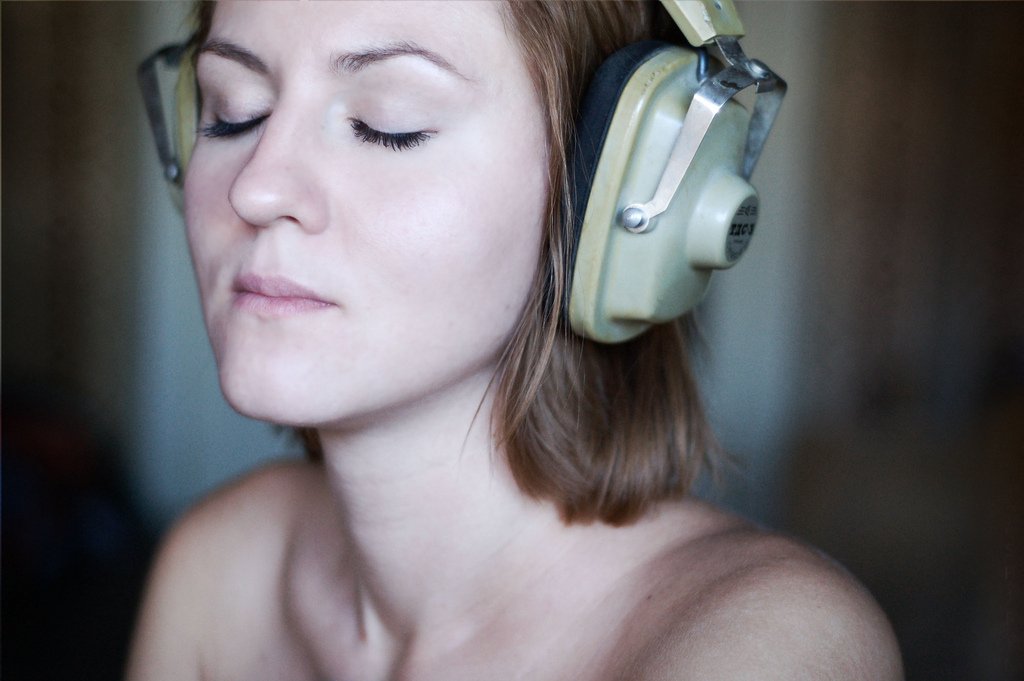Music and shape
Last week I attended ‘Music and shape workshop II- Exploring qualitative research methods’, an event organised by my colleague Dr Helen Daynes who works at the AHRC Research Centre for Musical Performance as Creative Process (CMPCP). The workshop took place at King’s College, where Helen works with Professor Daniel Leech-Wilkinson.
The workshop is part of a series that are following Helen and Daniel’s current research project called ‘Music and Shape’. As part of the project they are researching the ways in which experienced performers use the idea of ‘shape’ when thinking about or performing music (or don’t use it, as the case may be). The aim of the workshop was to provide an update on the progress of this project and also to explore different methods of qualitative analysis in general, as many of Helen’s studies use these methods. Qualitative methods are completely under-represented in psychology in general, so this event was a rare opportunity to learn more about these methods for me and, I suspect, many members of the audience who had come from all over the UK. Good on Helen for organising it all! 🙂
Today I want to focus on Helen’s summary of the ‘Music and Shape’ project. Other fascinating talks in the day included Raymond MacDonald’s overview of his qualitative research projects from the last 10 years , Jonathon Smith’s tour of interpretive phenomenological analysis, Lynne Cameron’s introduction to metaphor analysis as well as a panel session of quick talks on various alternative methods, including grounded theory and protocol analysis. All were full of insights for me, but if I summarised them all we would be here all day!
So, last I heard Helen was collecting data using an online survey to discover the ways in which musicians talk about using the term shape. So I was looking forward to hearing the results. She did a very neat summary of what was obviously a lot of data (N = 231). I cannot pretend to have got all the data of interest, but some of the results that stuck out for me were as follows:
- 90% of respondents claimed to think about shape when performing music.
- Music students report thinking about shape when talking to others about music less than advanced music teacher – perhaps this indicates that the development of a concept in musical shape is something that emerges beyond the early stages of musical training/ performing?
- Non-classical performers reported thinking less about shape- this could reflect the smaller sample in the study, but also perhaps there are clearer ideas of strict musical shapes in some aspects of classical music as compared to other forms of music, such as jazz or modern music? Or maybe we are just taught more about shape ideas in the classical tradition?
She also reported on themes that emerged from her qualitative analysis of the responses; themes that describe the way that people referred to shape.
1) Shape as musical structure: The piece of music has shape or physical demands are associated with maintaining shape. An abstract relational concept that transforms into a personal experience.
2) Shape as a tool for expressive performance: Movement leading to certain phrases or notes. Rise and fall of dynamic phrases. Articulation.
3) Shape as a tool for realising musical structure in an expressive way: Using shape to highlight a melody. Timing features according to musical contour.
4) Narrative and related uses of shape: Assisting the projection of the music (and text when singing). Musical pattern is akin to patterns in nature. Mapping out phrases with patterns of tension and release.
5) Using shape when improvising: Trying to break away from expected structures. Building patterns of intensity, volume and texture.
6) Using shape in private and with others: The importance of agreement in shape when playing in a group.
In general it seems shape is something musicians want to highlight and they have several tools at their disposal to do this depending on their training, instrument and their style.
Then there was a summary of some interesting responses to do with how shape is represented within English and in other languages. In Helen’s sample 43% spoke a language other than English: So an interesting question for future work is, what words are used in those other languages to represent concepts that these individuals recognise as being ‘shape’ in English? But for now Helen just summarised the different words that people reported as being related to shape in English. There was a wide list including; form/structure, physical shapes, phrases, time changes, dynamics, pacing, direction of energy, harmony and line. All the terms seemed to be linked to 4 general concepts:
1) Visual
2) Analogies of change over time
3) Interpretative ideas
4) Technical features
So their idea of shape lies within one, or across a number, of these core concepts within music and general cognition.
Overall, I though Helen gave a really thorough, clear and absorbing summary of her work. It seems this word ‘shape’ is really important to musicians and yet they use it in very different ways often to represent their ideas of musical structure and expression. I am looking forward to seeing more of the results from this study in particular and from Helen and Daniel’s project in particular.




One Comment
Aaron Wolf
I’m happy to have found your intriguing blog. I am interested in getting into music psychology but I’m coming from a music performance and theory background and just trying to get into the scientific angle…
My guess just from this post is that thinking about shape is correlated to use of music notation. Many folk and popular musicians do not use notation at all, almost never to the degree of classical musicians. Beyond the causation of notation leading to shape-focus, perhaps people who appreciate and work well with the metaphor of shape in relation to music are the same people who most appreciate notation and that leads them to success in classical music. People who are less visual or less metaphorical between the visual and musical are turned off by the notation emphasis of classical music. My suggestion is that the classical music world is inherently self-selecting for people with sensitivity and comfort with visual/shape to music metaphor.
There may also have been a disproportionate number of classical musicians in the online survey due to the tendency for academia to be classically focused and thus turn away non-classical musicians from academic situations where they would be exposed to such a survey…
Regardless, the metaphor is interesting and certainly worthy of further research.
I should say that personally I am a multi-style musician with a classical degree and a lot of experience in non-classical styles and no particular preference for classical music. I probably think of shape sometimes but not in a concrete fashion I could explain. I tend to appreciate non-metaphorical music pedagogy where the actual physics and psychological facts of music are described explicitly.